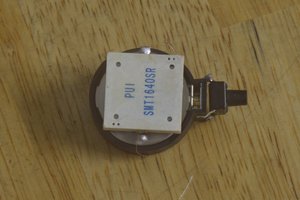Building a watch involves overcoming three main difficulties:-
1. Making things small
2. Reducing power consumption
3. Timekeeping Accuracy
An obvious option when shrinkifying electrical circuits is to go with SMD components. However, I couldn't go with this option because my hands shake like that of a Parkinsons patient strapped to an electric chair. And I did not have the option of printing PCBs as the coronavirus lockdown has made it difficult to order things and actually seeing them delivered within a reasonable waiting time. I had to go with PDIP design on a perfboard. I wanted to learn more about reducing power consumption because I need that skill for a long term datalogging project I have on my mind. This is kind of a practice project( and also a desperate attempt to keep my mental sanity during lockdown through some mind massage).
Timekeeping accuracy is not a big deal when you can use a RTC module but I didn't have that option either because I did not have one on hand.
While researching on the internet on what other people have built, I came across SparkFun' s BigTime Watch Kit. This solved the problem with having an RTC by eliminating it and using one of the AVRs timers and an external crystal to act as an RTC. Great ! The BigTime Watch Kit is OpenSource so the Firmware and all other files were available for download on GitHub.
This is what my watch is going to be based on.
 Brainy.Baboon
Brainy.Baboon
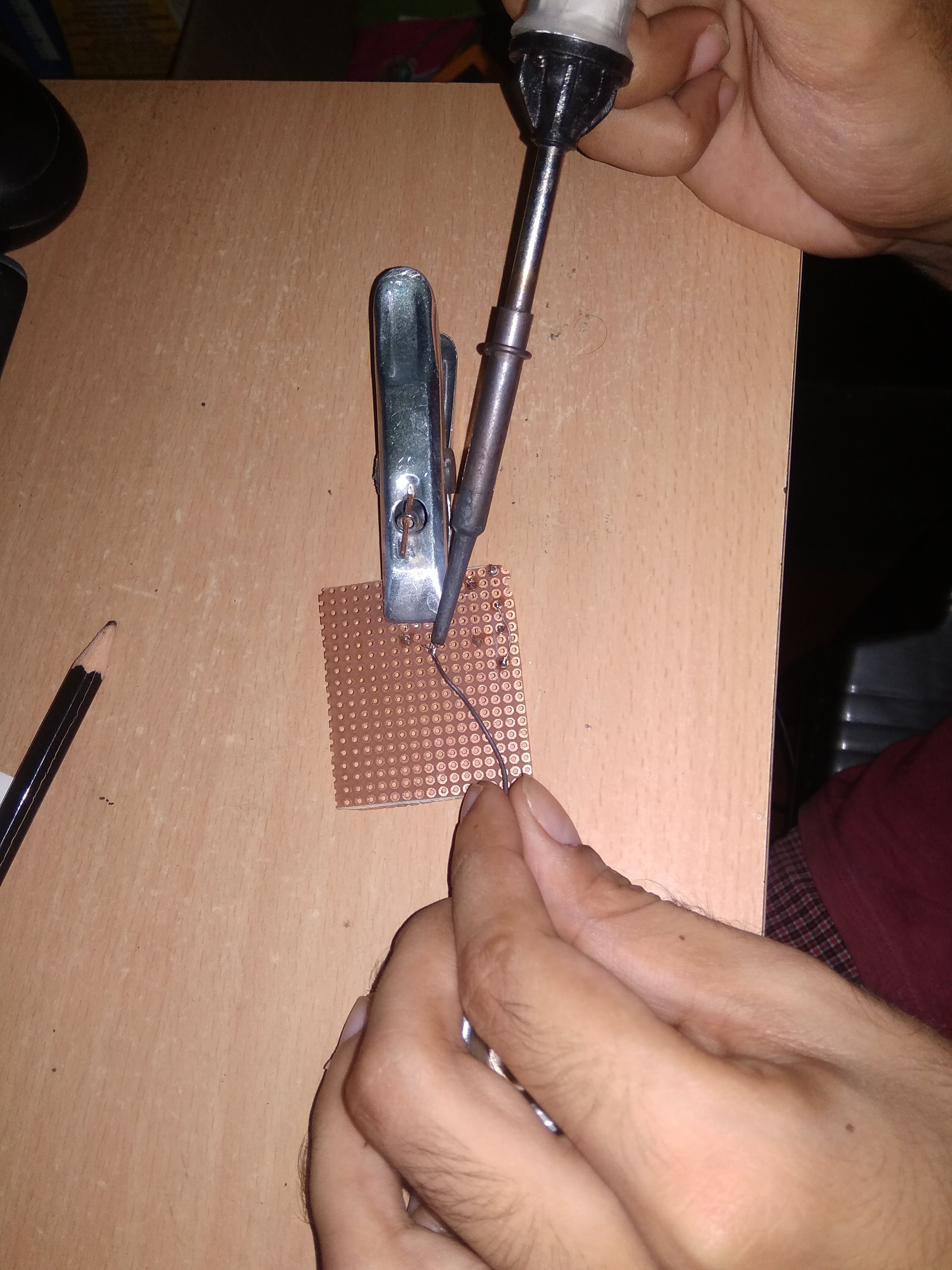


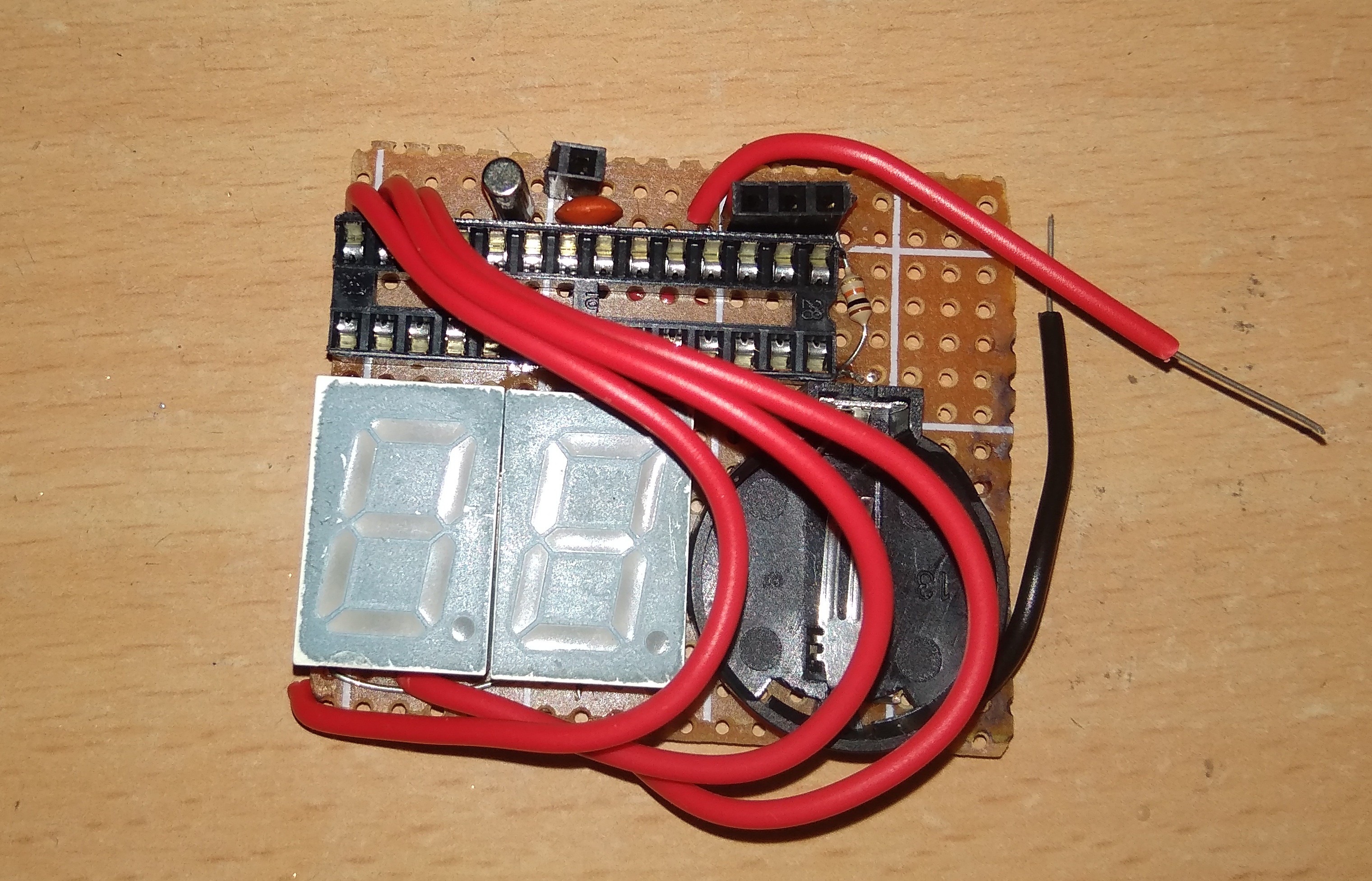

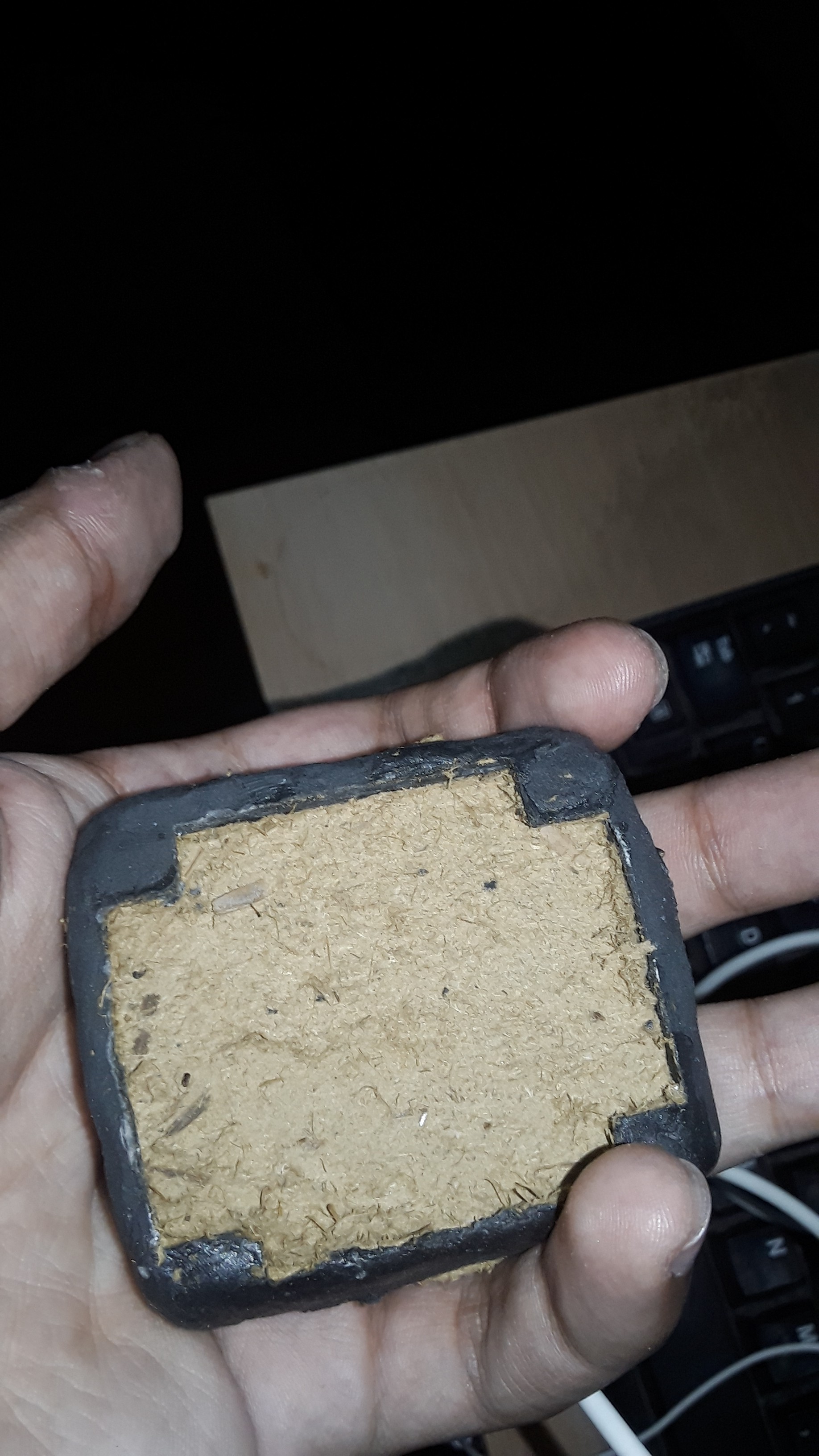
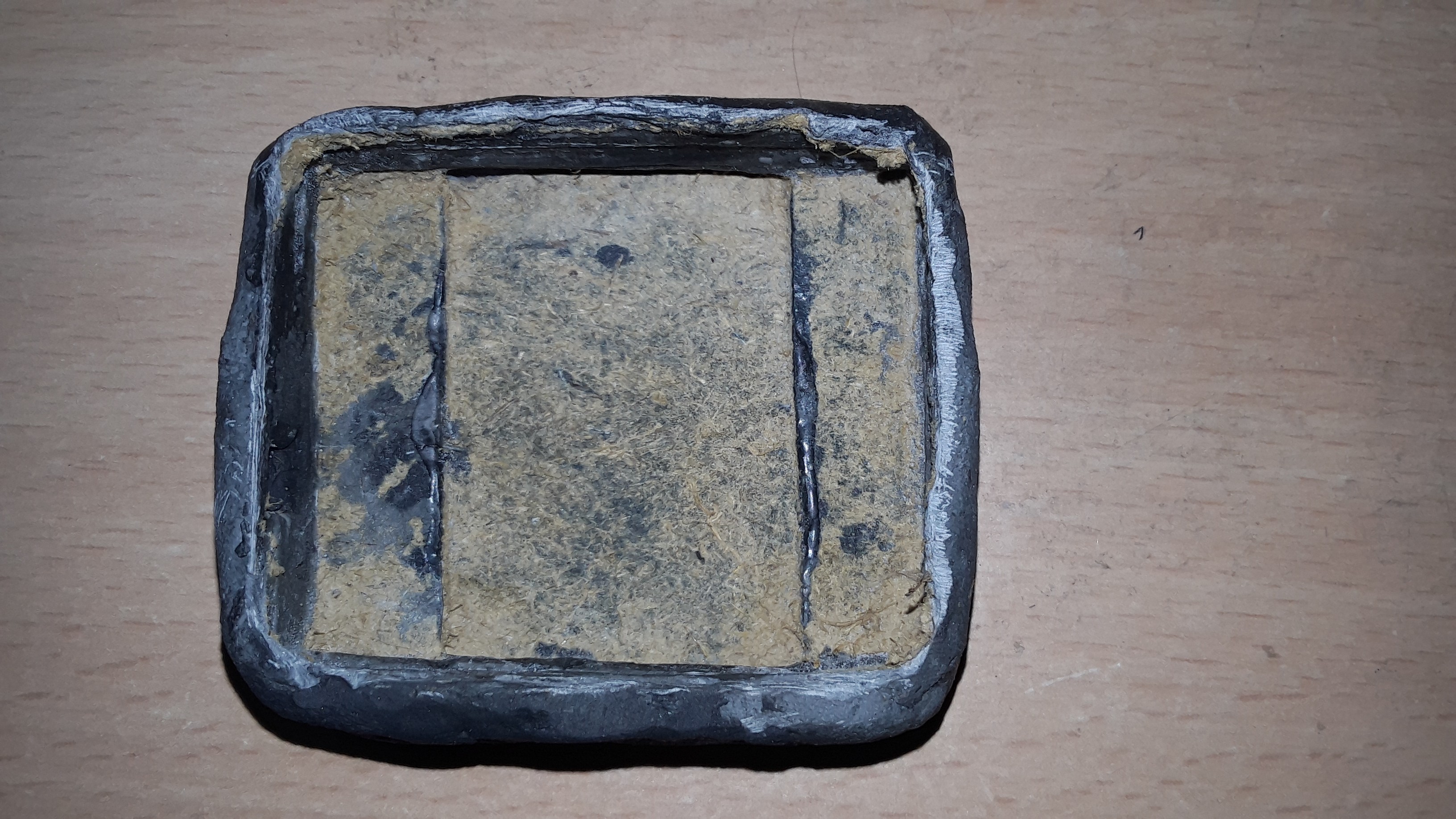

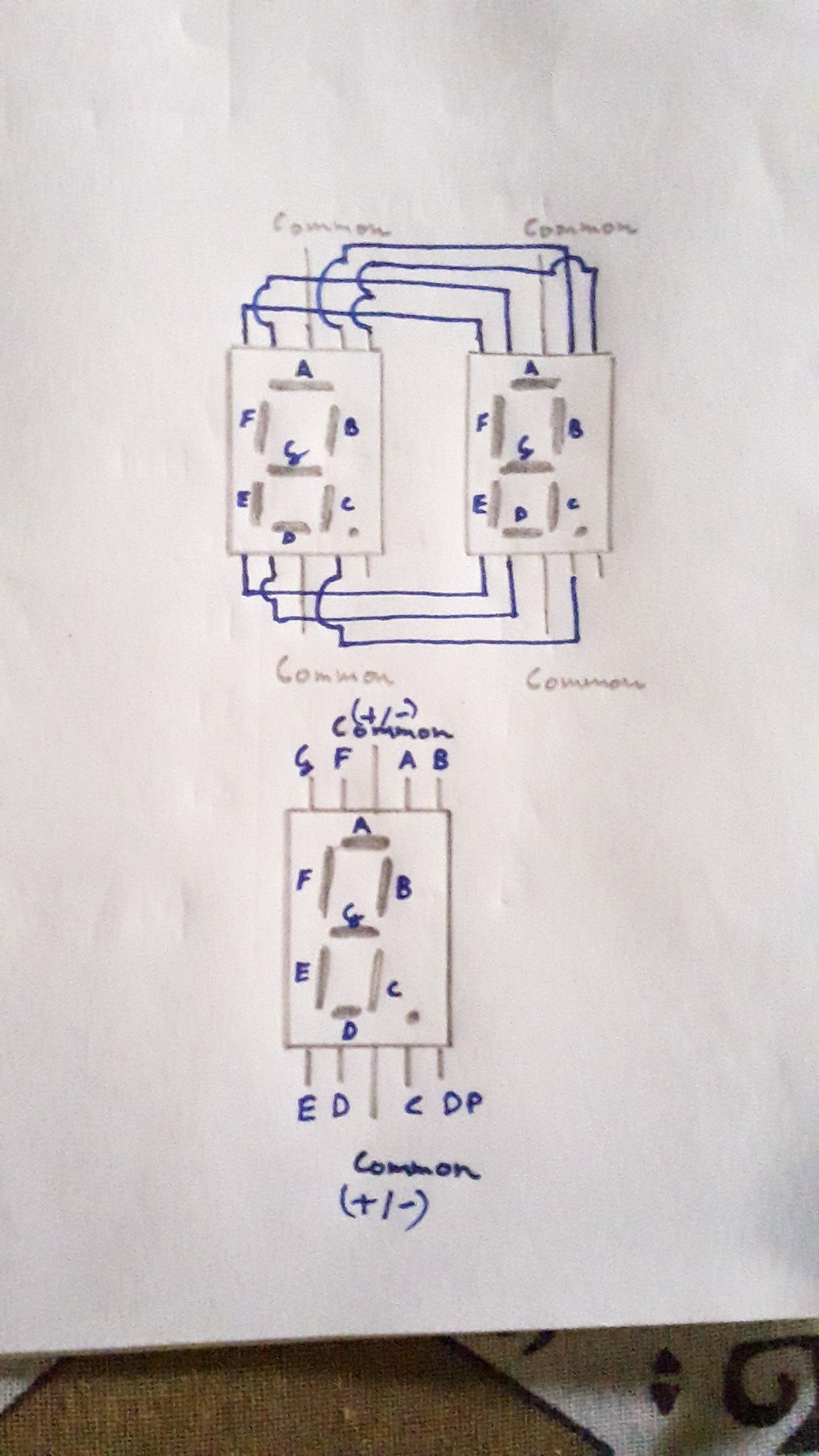


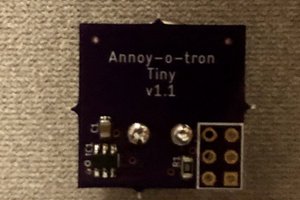
 Nick Sayer
Nick Sayer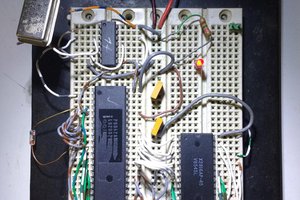
 Ken Yap
Ken Yap
 JF
JF